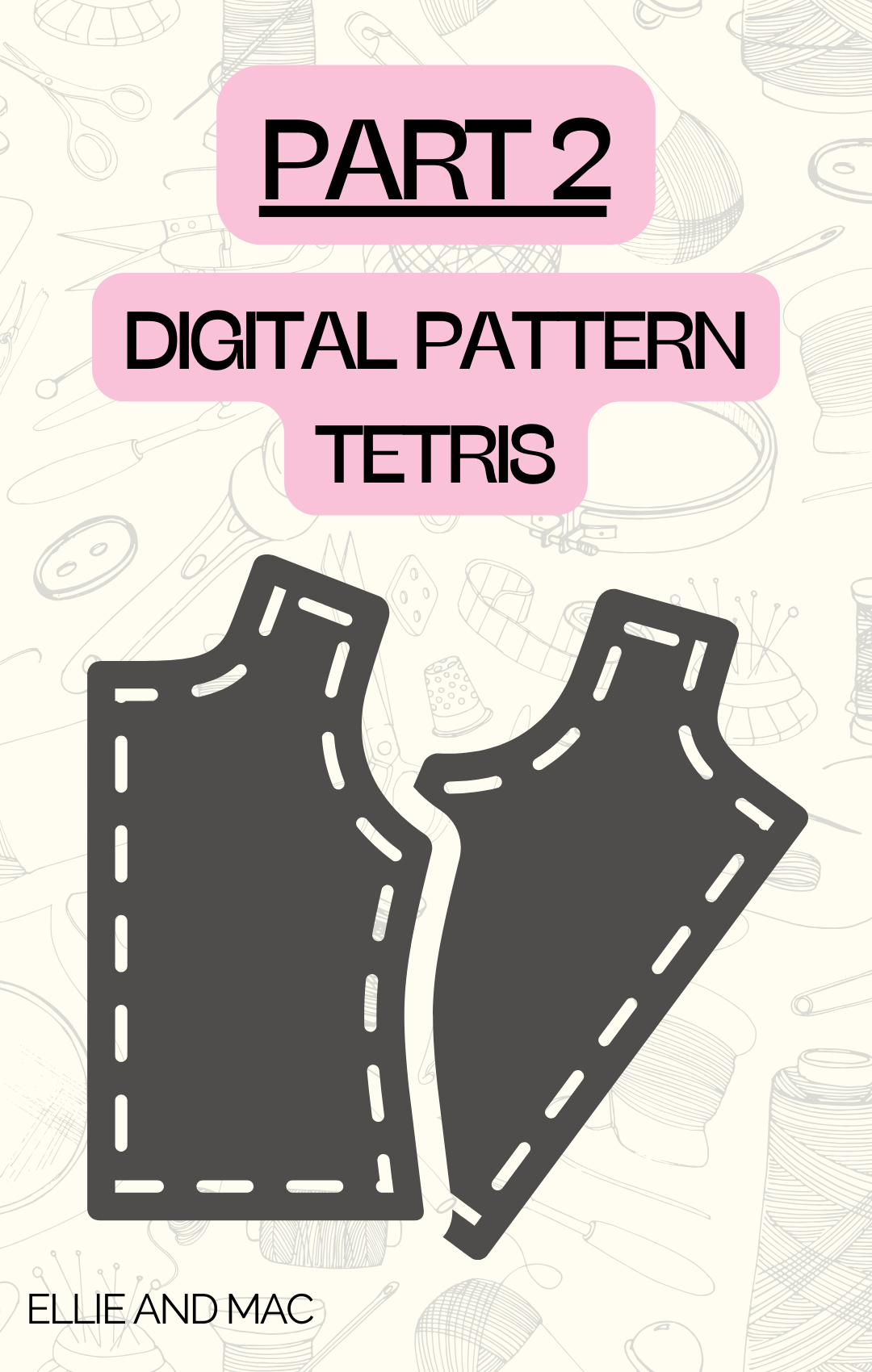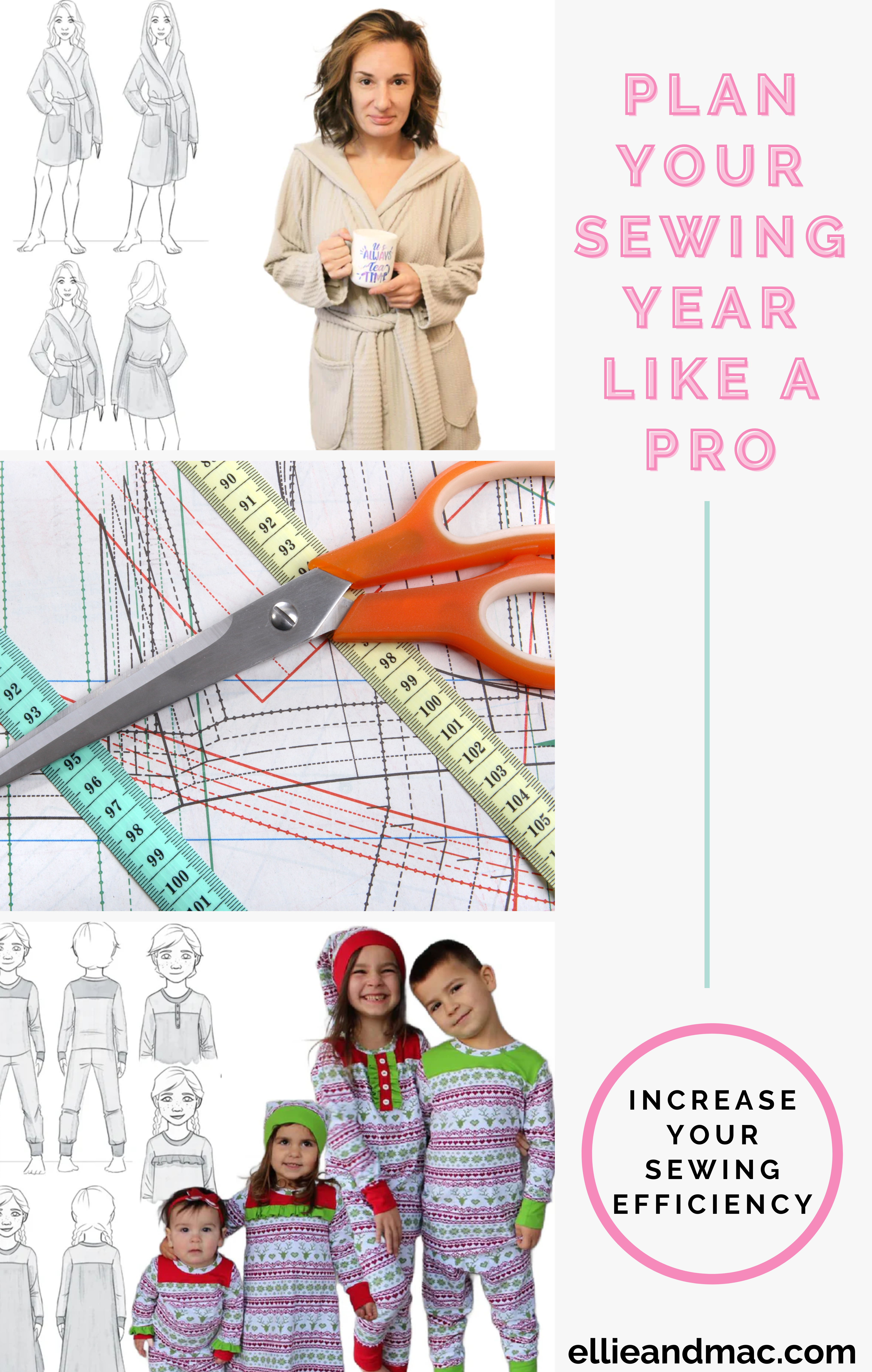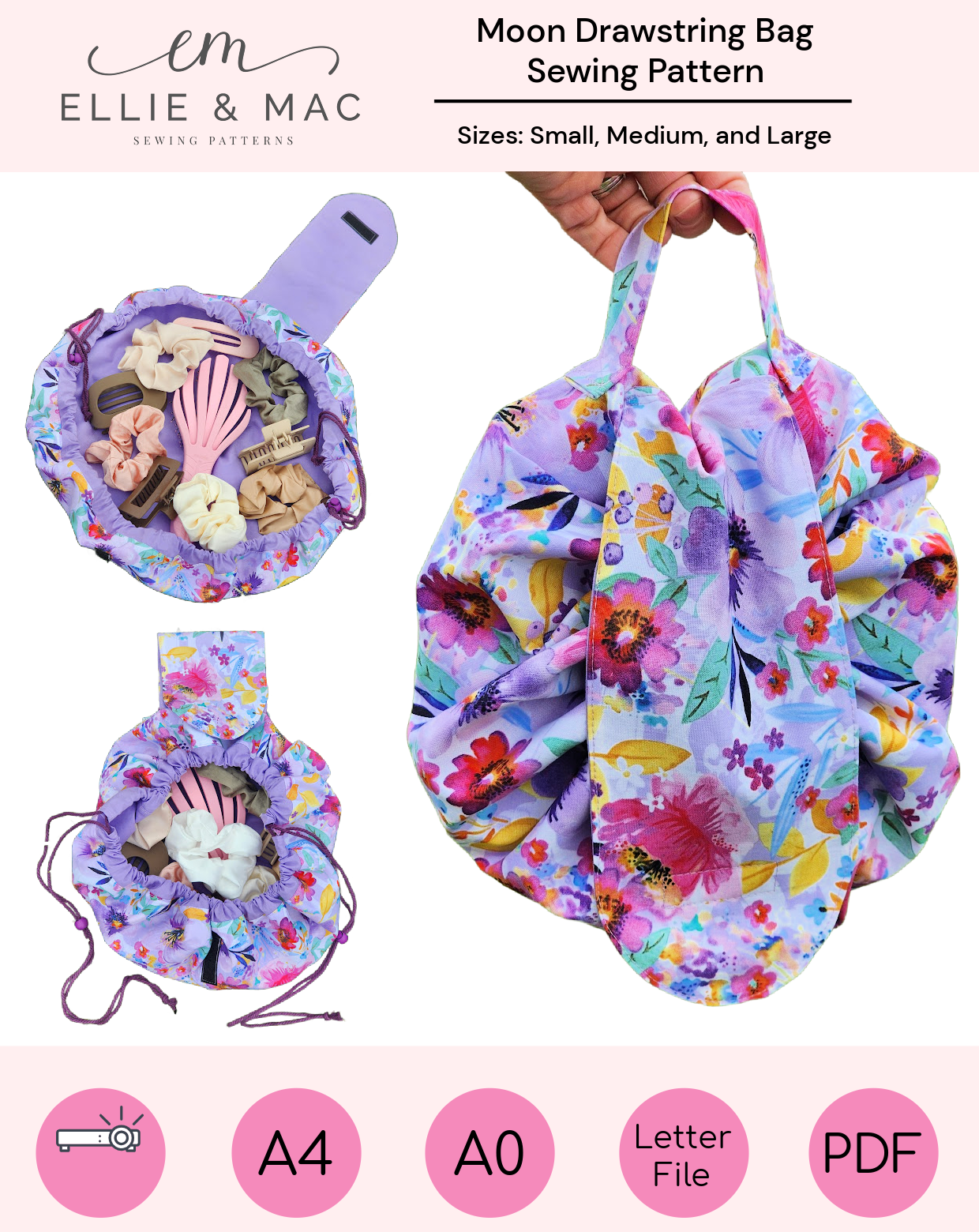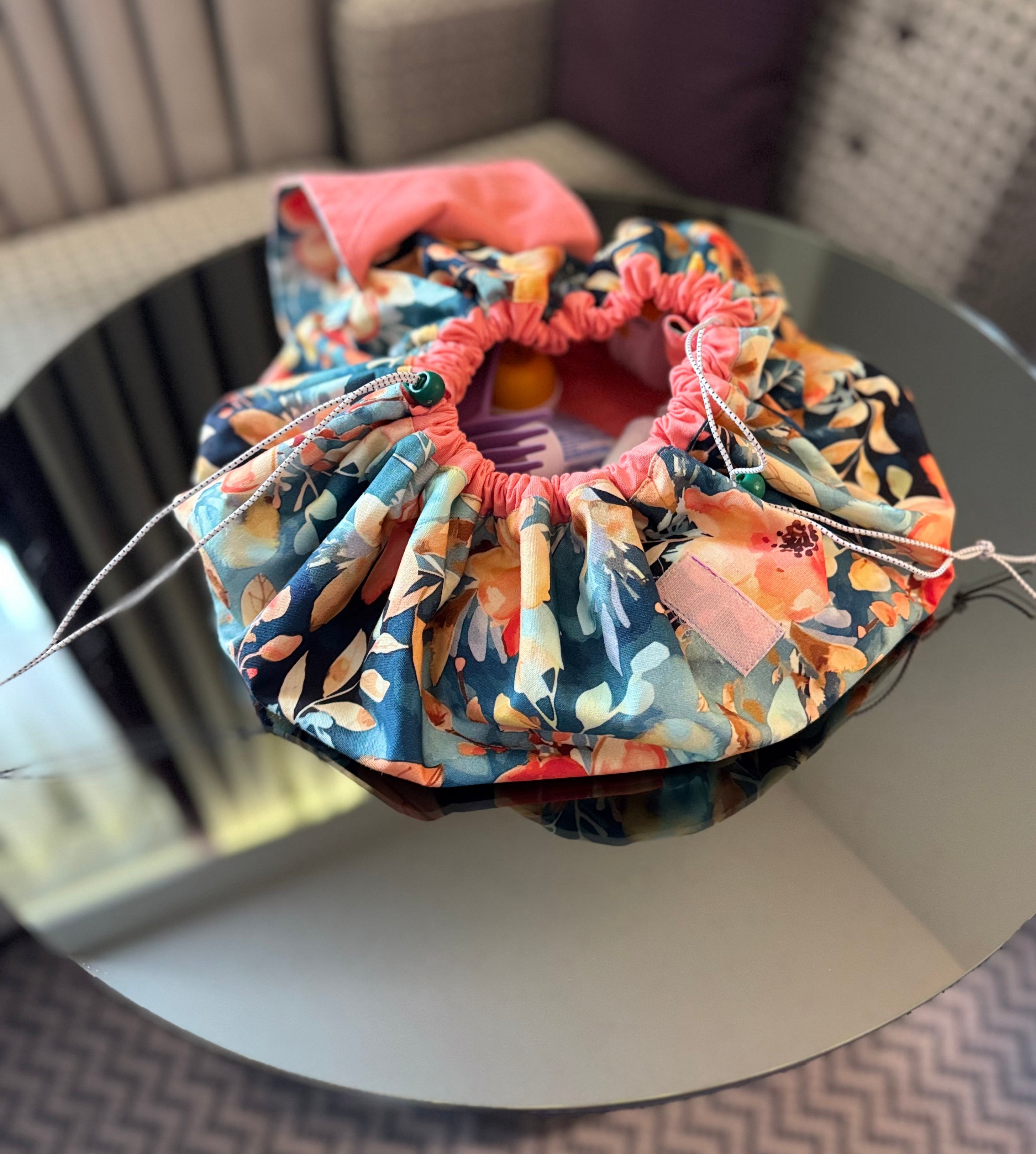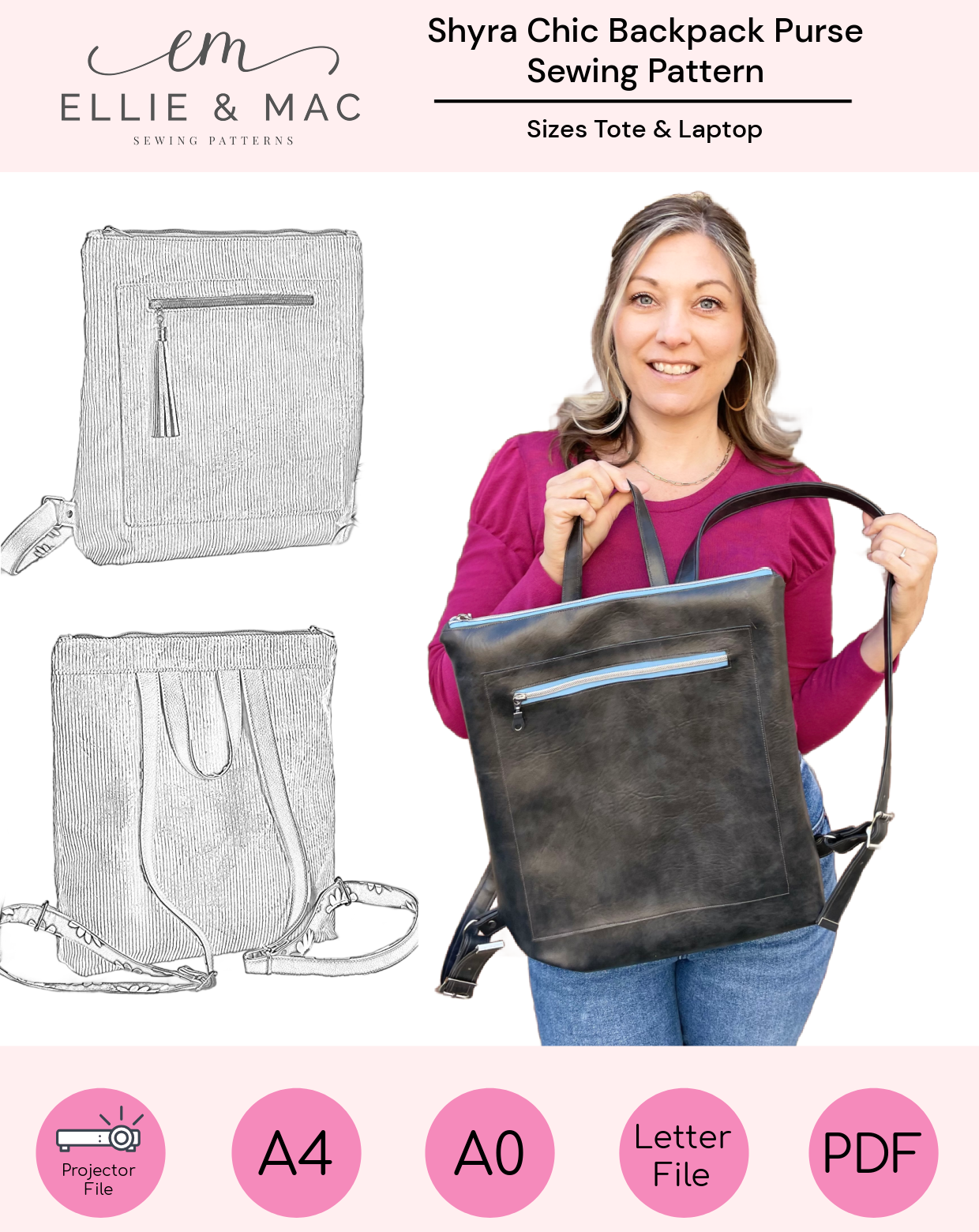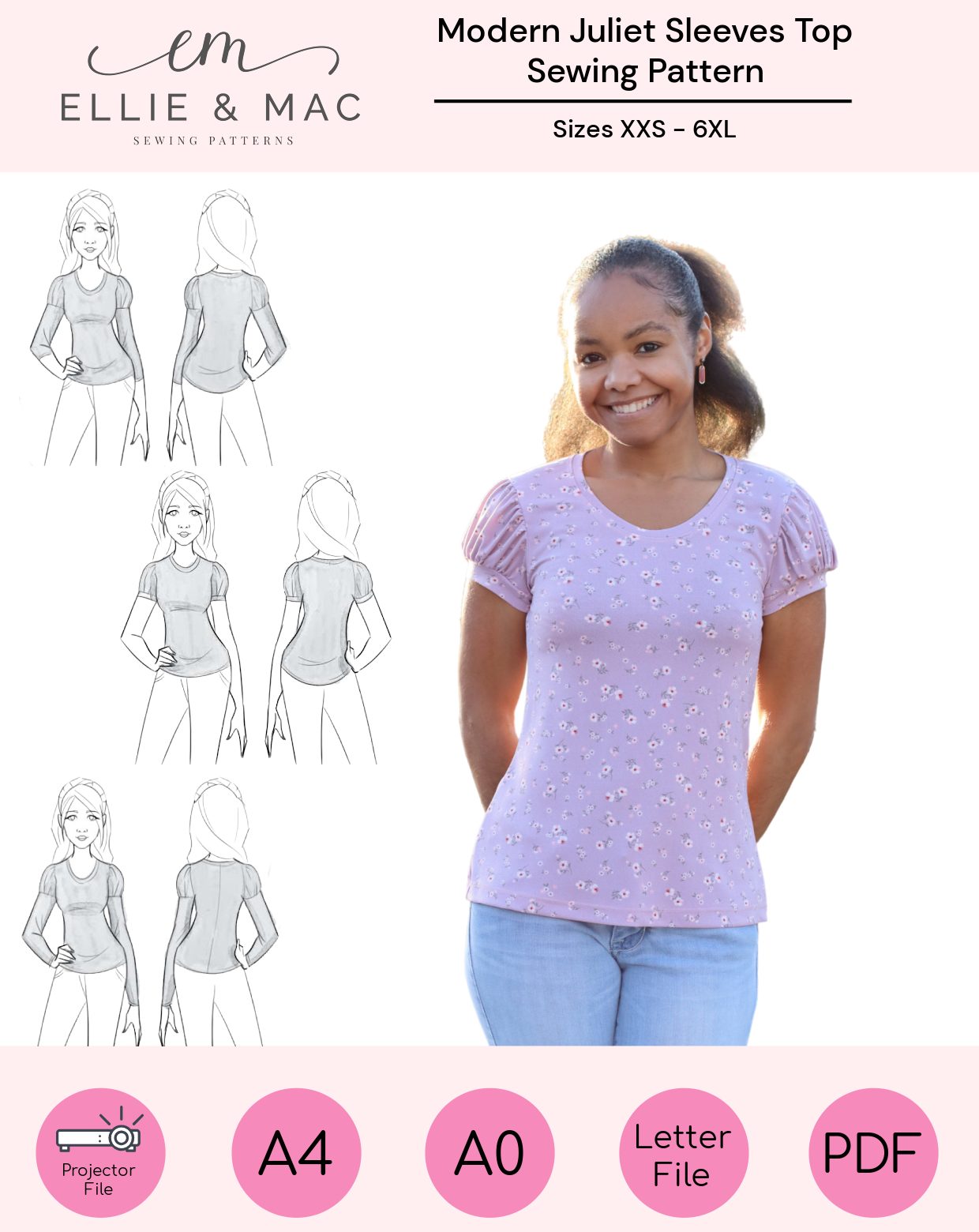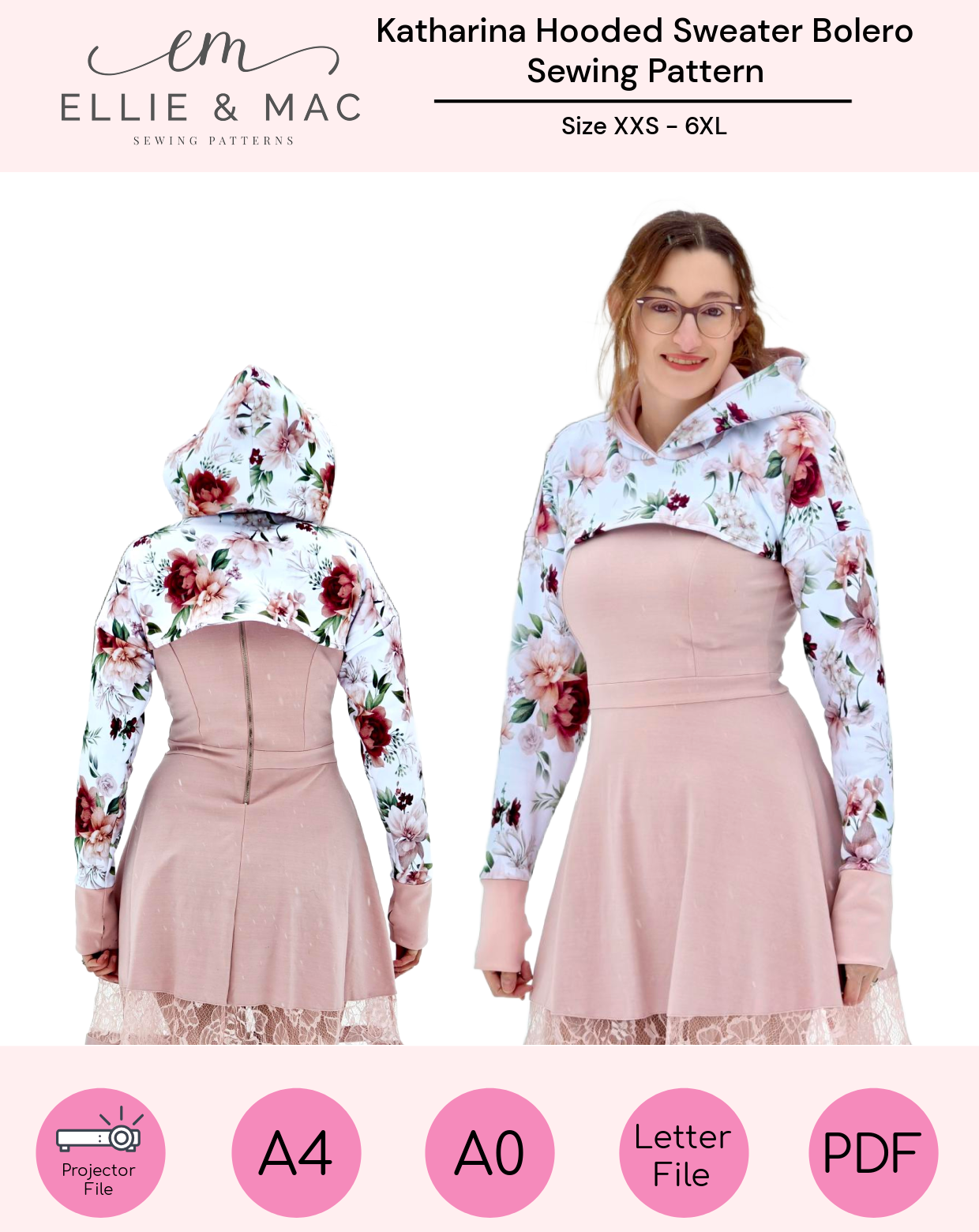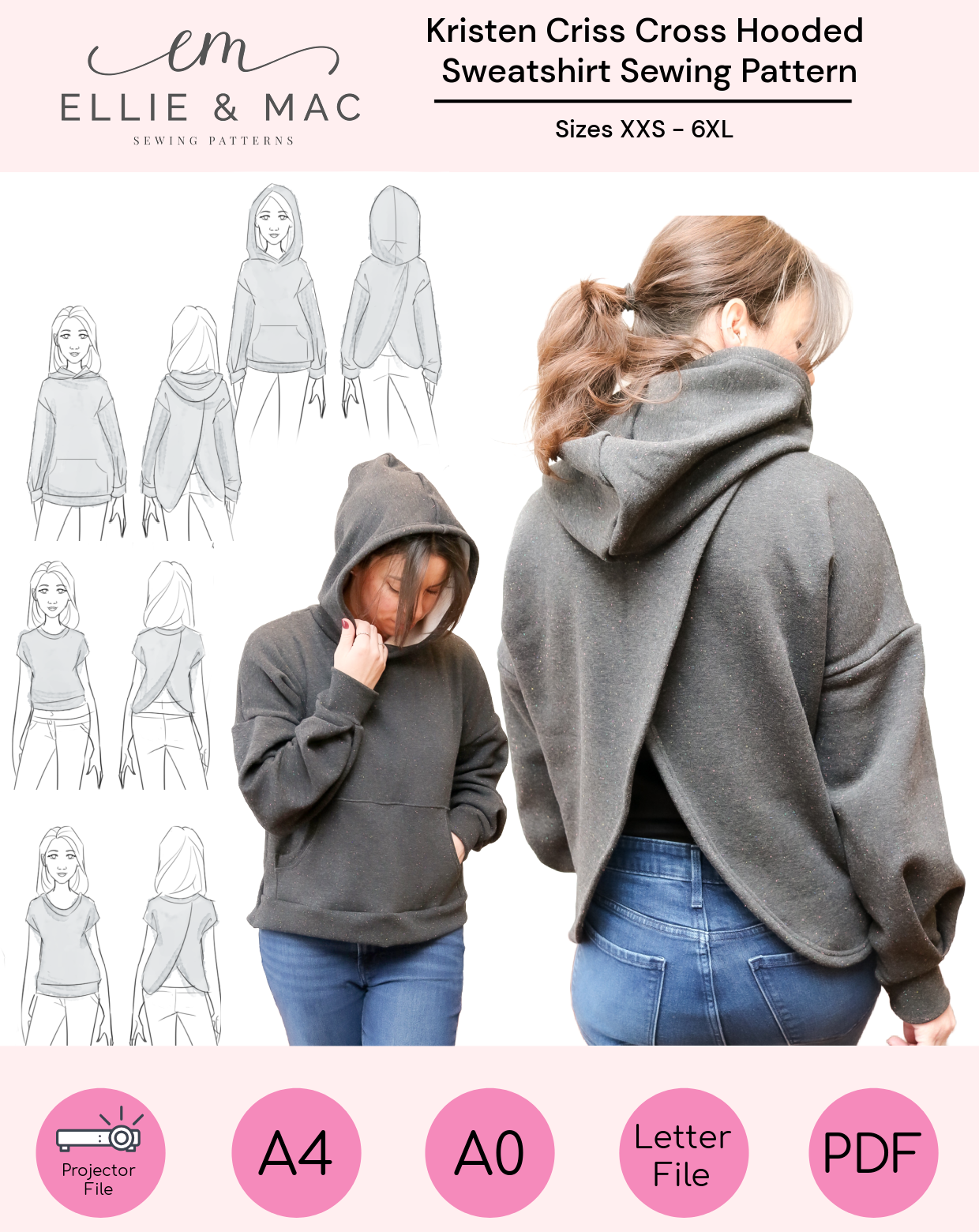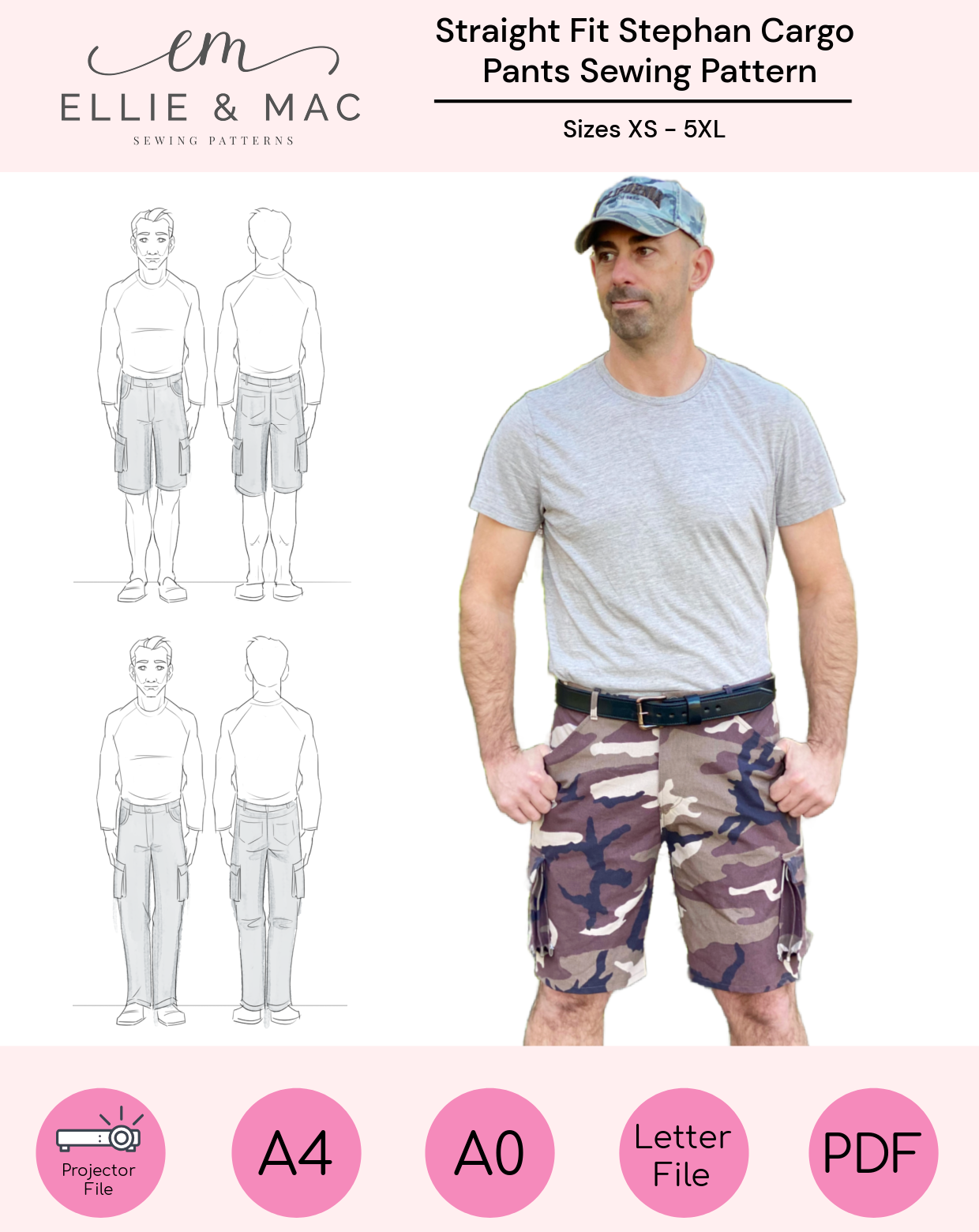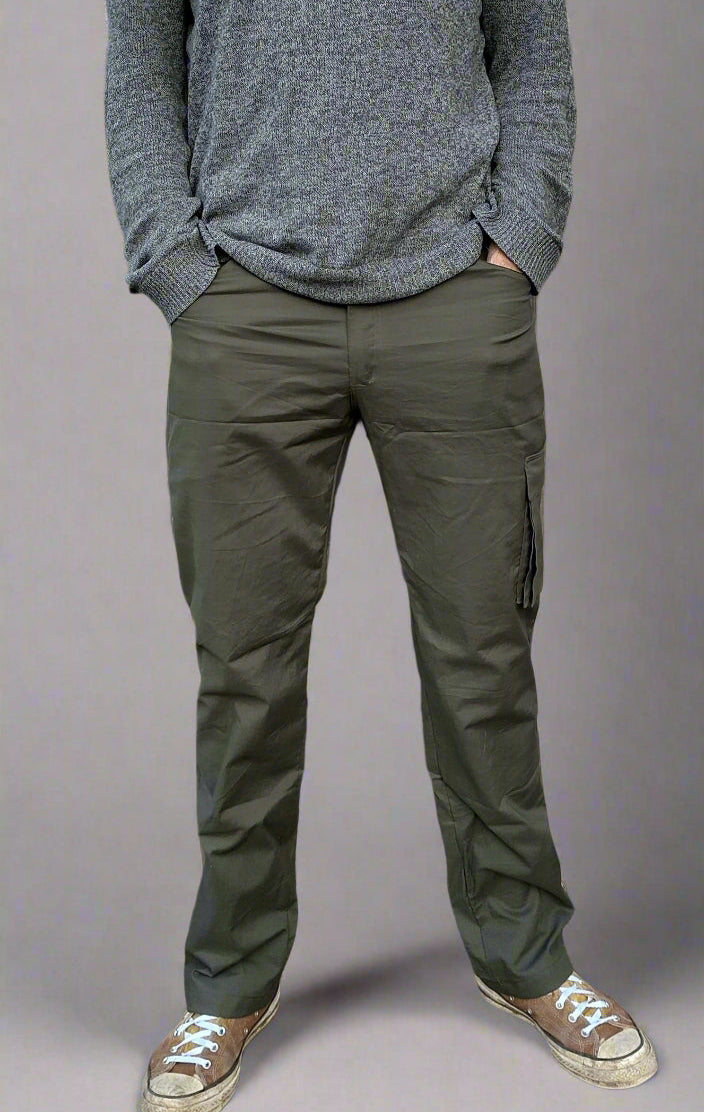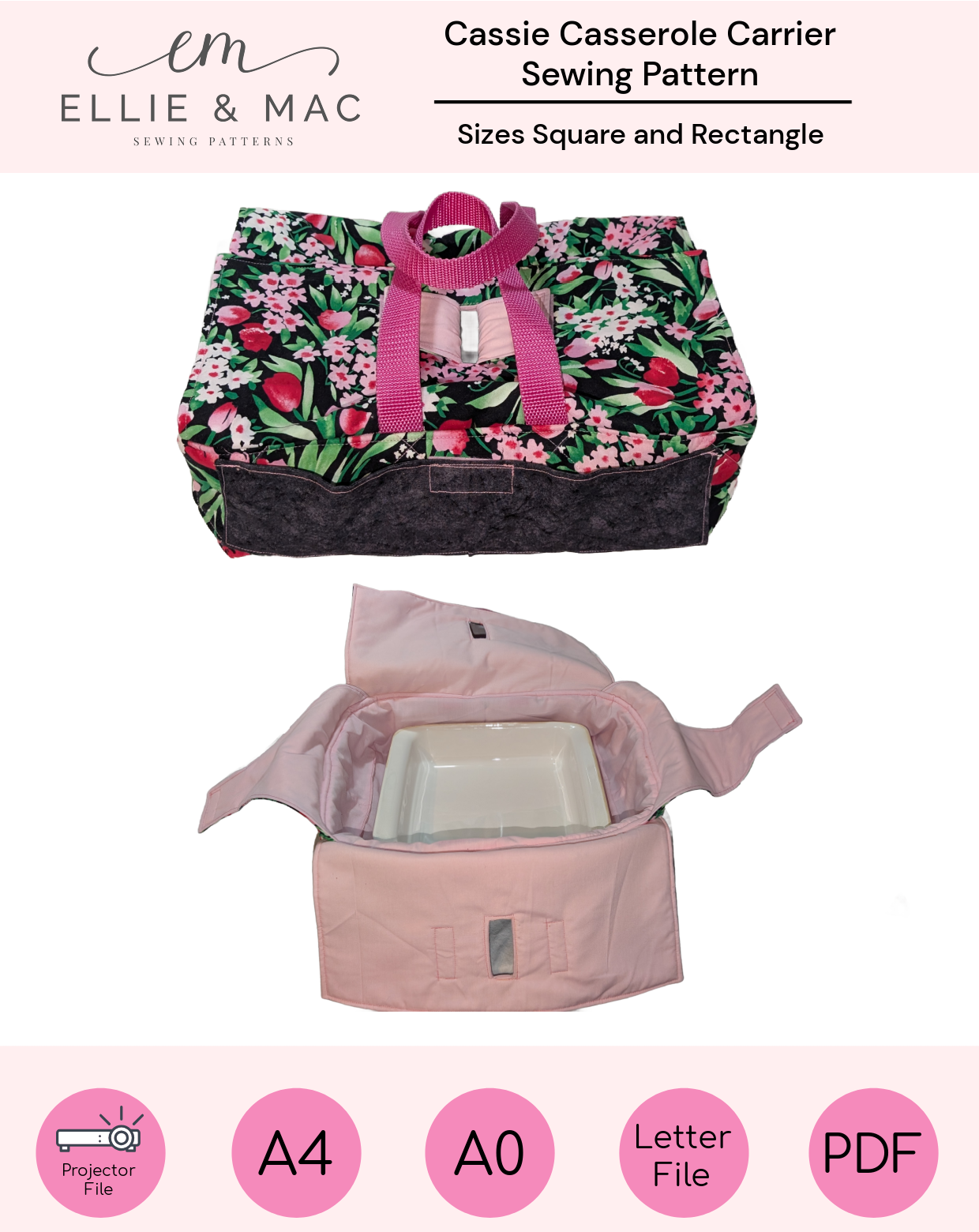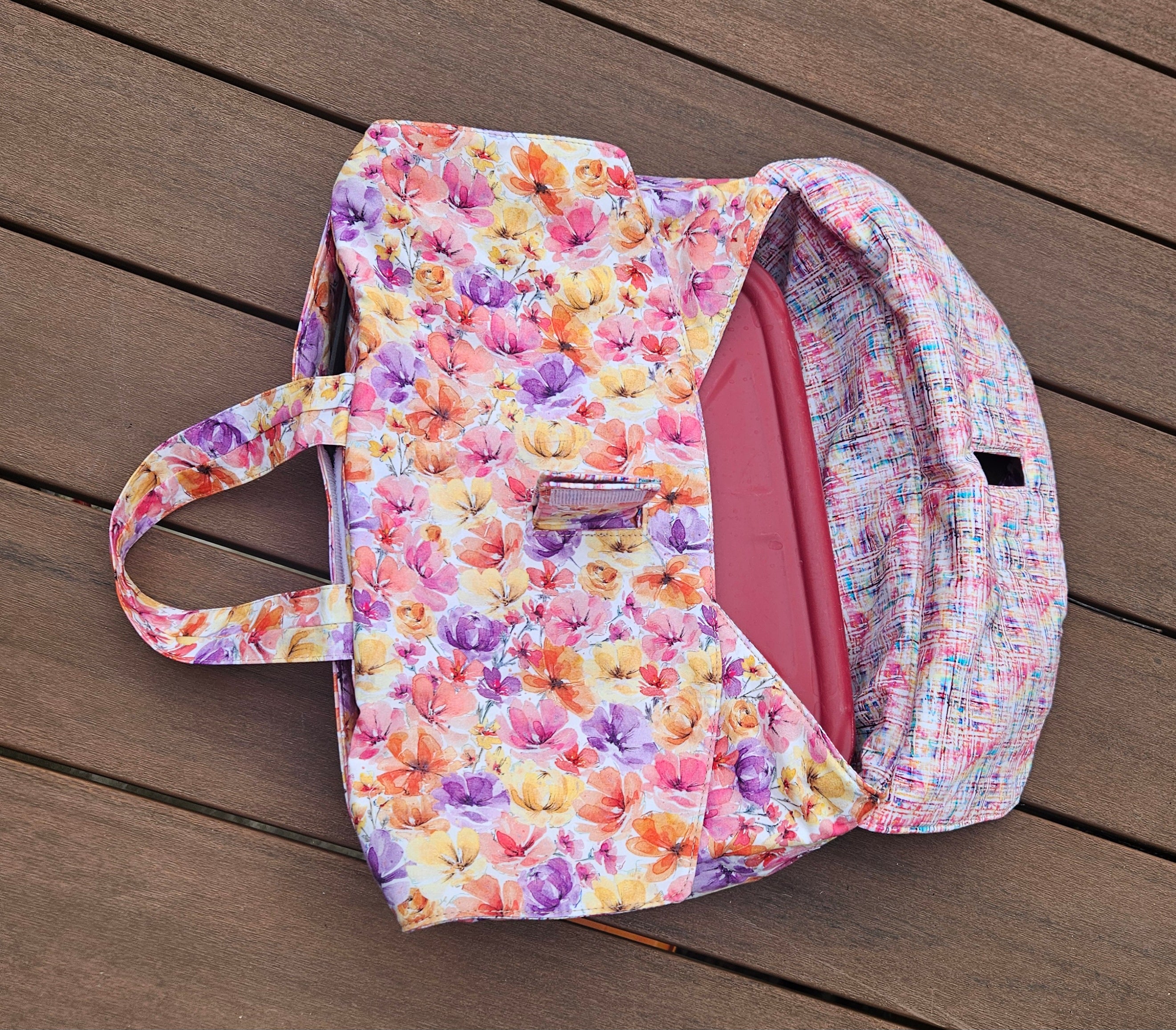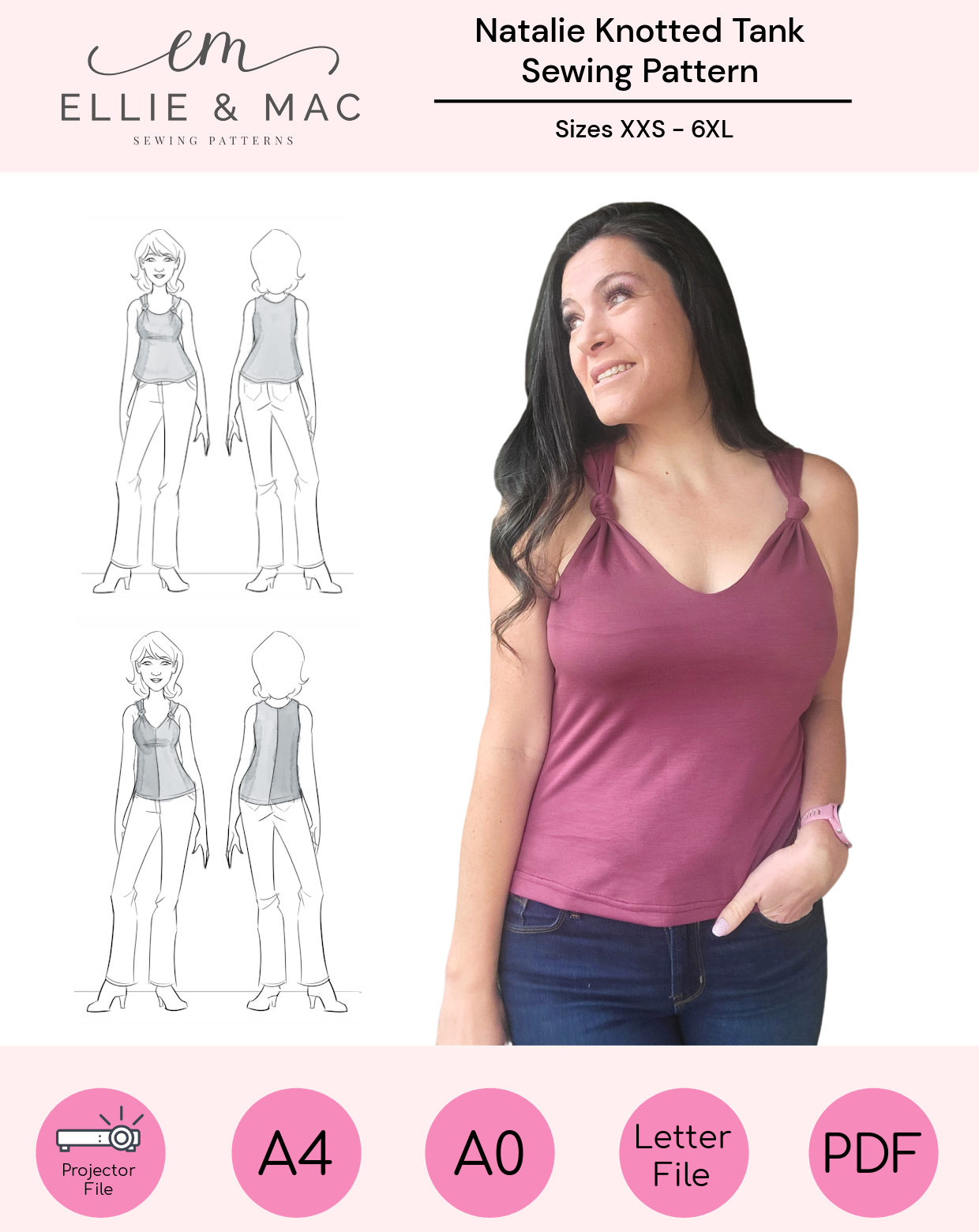Understanding the drafting process for various pant shapes will provide the foundation for creating customized styles that flatter your individual body shape. Pant styles are primarily determined by the body cut, pant leg shape, and inseam length, which work together to create a form-fitting design. This knowledge will enable you to curate pant styles that are perfectly tailored to your unique proportions.
In this series we aim to teach you an easy way to perform some common adjustments. Previously published is the Full Tummy Adjustment Tutorial and the Full & Flat Seat Adjustment Tutorial.
This specific tutorial will show what to do after you have sewed your fit garment and you experience the symptoms of having a back rise that is too long or too short (or a full or thin thigh). Continue reading and you will discover the symptoms and the solution for when you need to lenghten or shorten the back rise.
Back Rise Adjustments
Back rise is too short: what do you see?
If your back crotch lines extend towards your high hip and knee, it may be necessary to extend the back crotch. This may also cause the trousers to feel tight in the back thigh area. This adjustment is also called a Full Thigh Adjustment. 
How to lengthen the back rise:
To address this, attach or tape pattern paper to the back crotch seam on the front leg piece and extend the cutting line. A small adjustment of about 10-15mm (3/8-5/8in) can make a significant difference. Use a ruler or steady hand to redraw the inner leg seam, gently tapering it into the original cutting line.
Congratulations! Your new pattern piece is all done now! You can continue with cutting the fabric and sewing the pattern according to the sewing instructions.
Back rise is too long: what do you see?
If you experience drag lines from the back crotch down your leg and the thighs feel too large for your frame, consider shortening the back crotch. This adjustment is also called a Thin Thigh Adjustment. 
Mark 10mm (3/8in) from the end of the crotch seam on the back leg and carefully redraw the inner leg seam to gently taper into this point. Remove any excess fabric. You might also need to shorten the front inseam slightly.
Congratulations! Your new pattern piece is all done now! You can continue with cutting the fabric and sewing the pattern according to the sewing instructions.


